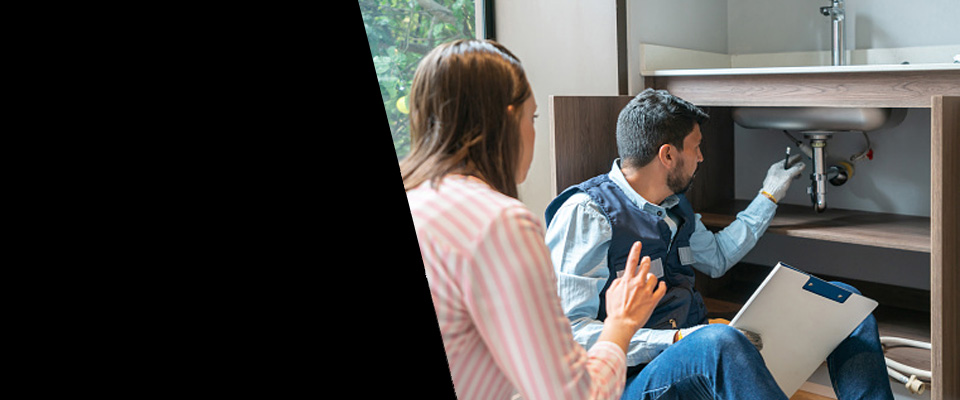Rainwater Harvesting Systems Plumbing Services in Beverly Hills, CA
Beverly Hills Rainwater Harvesting Systems Experts ready now in Los Angeles County
Rainwater Harvesting Systems provides an environmentally focused plumbing service that entails the design and installation of systems to capture, retain, and repurpose rainwater for non-drinking uses. These systems typically consist of filtration components, tanks, and collection areas, promoting sustainable water use in gardening, sanitation, and general cleaning. Properly implemented systems help cut expenses and support environmental sustainability
We provide excellent Plumbing services throughout Los Angeles County. Whether you need help with Rainwater Harvesting Systems or other issues, our Experts is ready.
Plumbing Services in Beverly Hills, CA

Appliances
Installing dishwashers, hot water heater (tank and tankless), waste disposal unit, and cleaning machines.
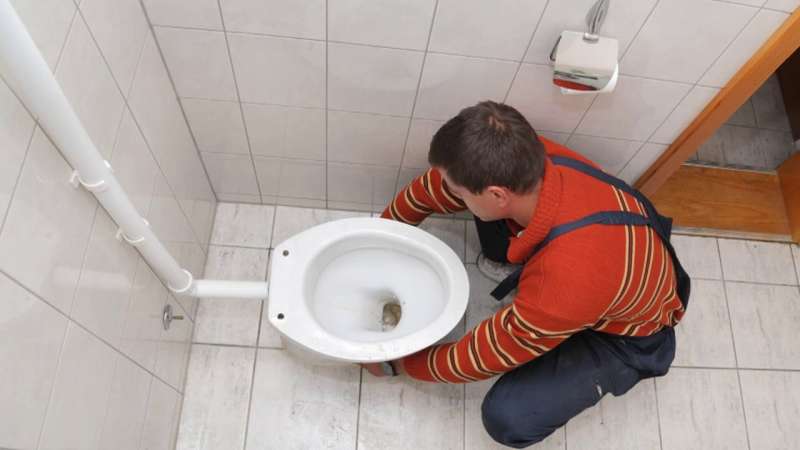
Backflow Testing and Prevention
Ensuring backflow avoidance devices are working properly.
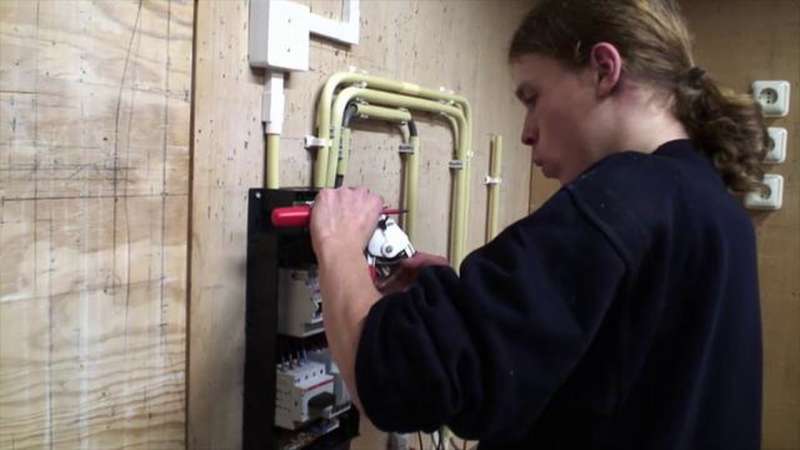
Bathroom and Kitchen Remodeling
Transferring or updating plumbing systems.
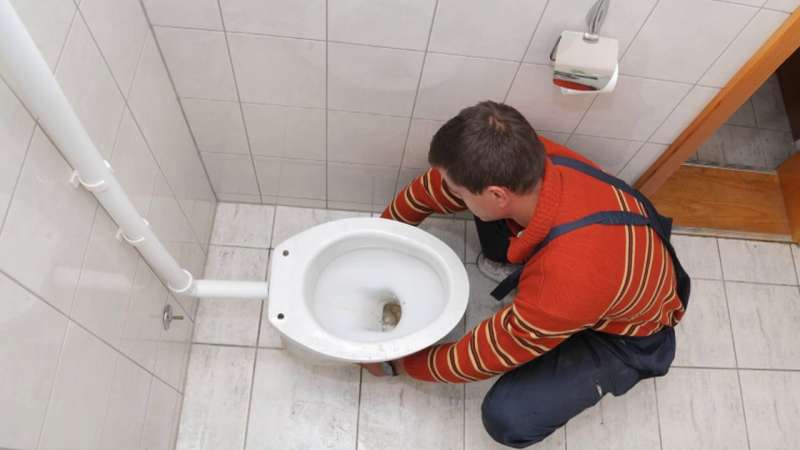
Building Code Compliance
Ensuring plumbing systems meet regional regulations.

Burst Pipes
Immediate reaction to prevent flooding and water damage.
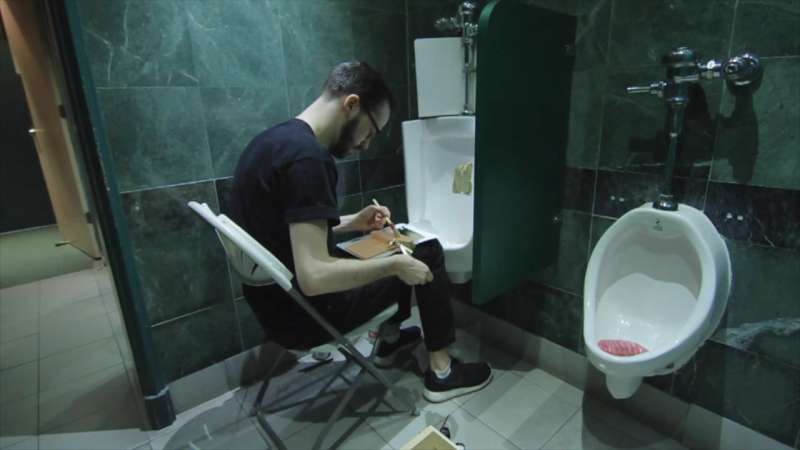
Clogged Drains
Clearing clogs in sinks, toilets, showers, and drain lines.
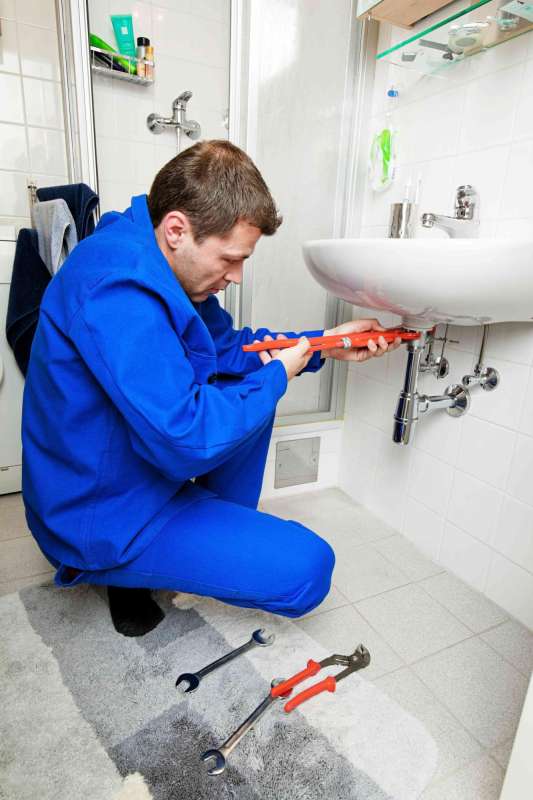
Drain Cleaning
Regular cleaning to prevent clogs and maintain circulation.
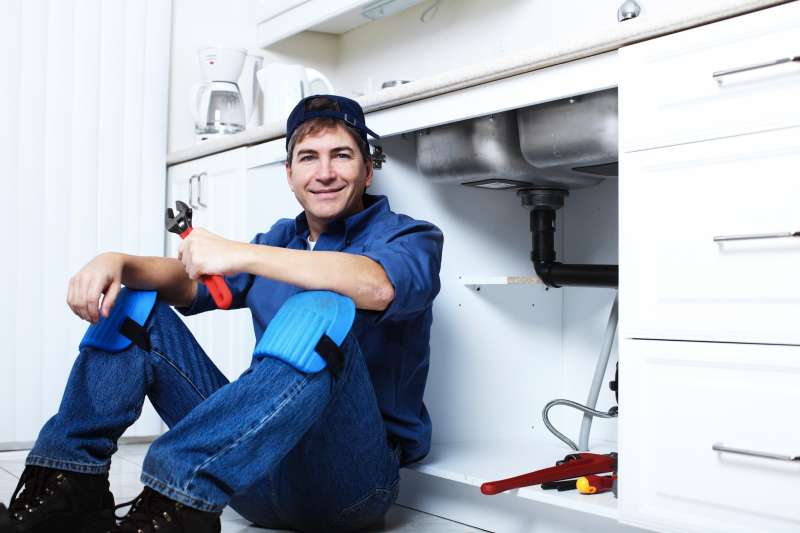
Fixture Repairs
Repairing malfunctioning faucets, toilets, and other components.

Fixtures
Installation of sinks, faucets, toilets, bath tubs, and showers.

Gas Leaks
Emergency detection and repair work to prevent dangers.
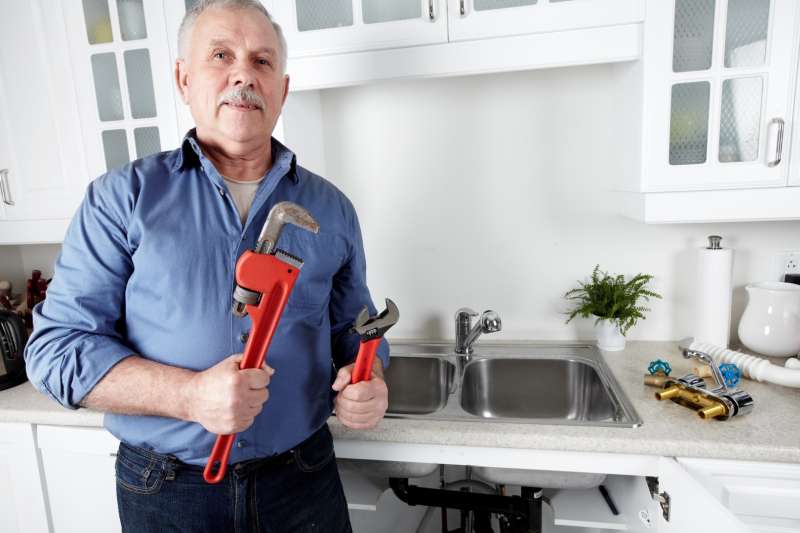
Gas Line Repairs
Fixing gas leakages and guaranteeing appropriate gas line working.
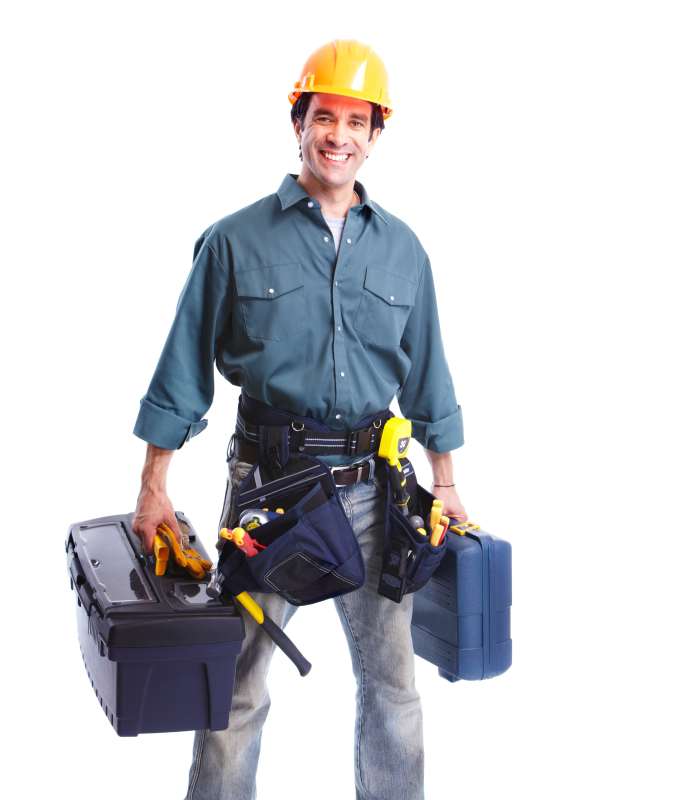
Greywater Recycling Systems
Establishing systems for reusing family wastewater.
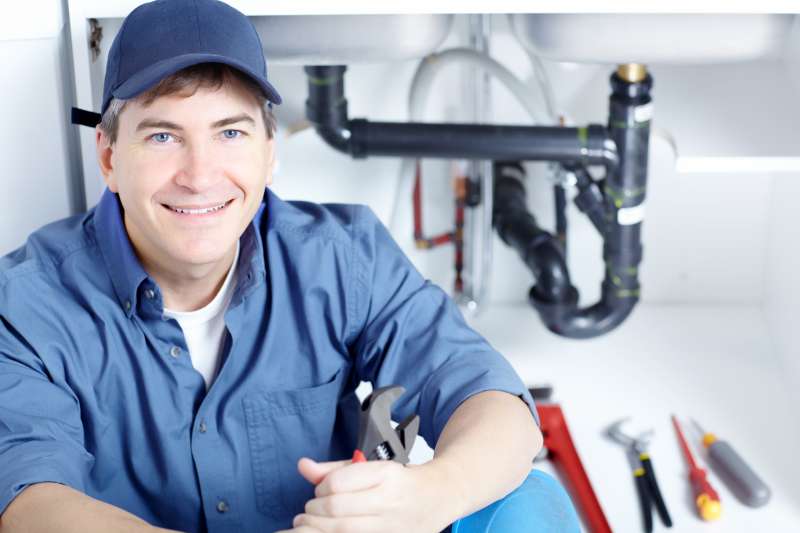
Hydronic Heating
Installing and preserving radiant flooring heating unit.
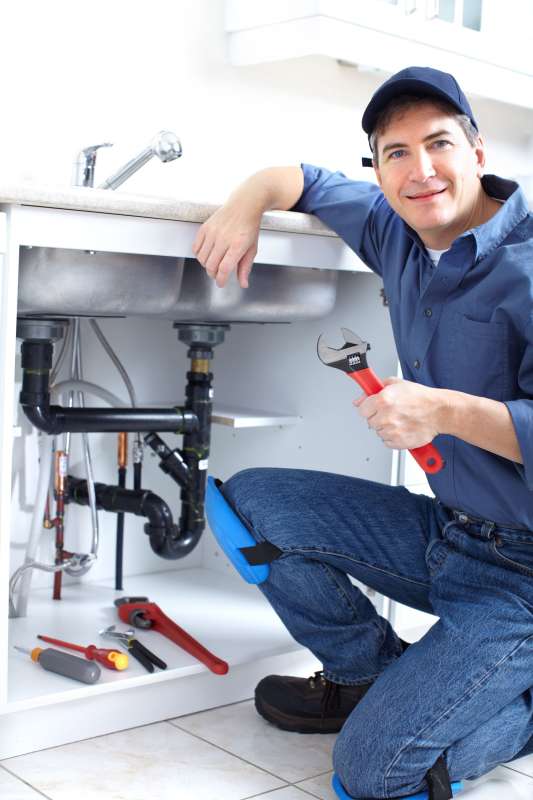
Industrial Pipework
Specialized piping for factories or industrial settings.
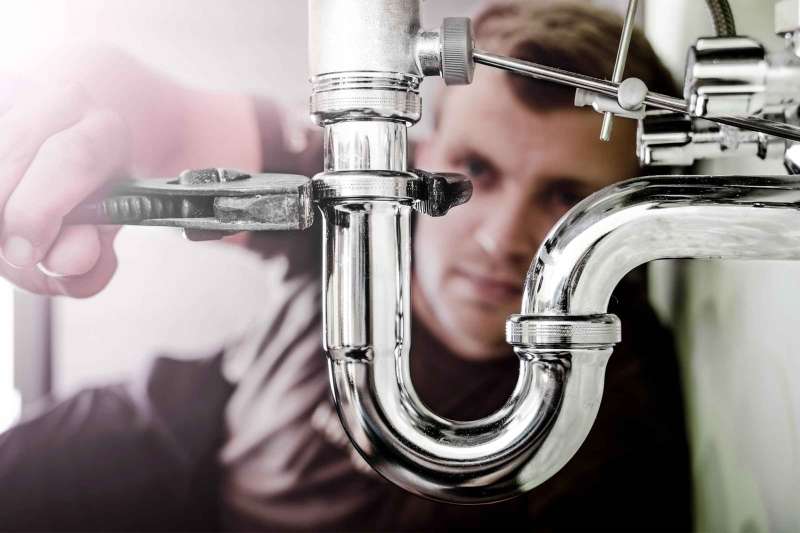
Irrigation Systems
Installing and keeping outside watering.

Large-scale Installations
Plumbing systems for new buildings or renovations.

Leak Detection and Repair
Repairing leaks in pipelines, faucets, toilets, and devices.
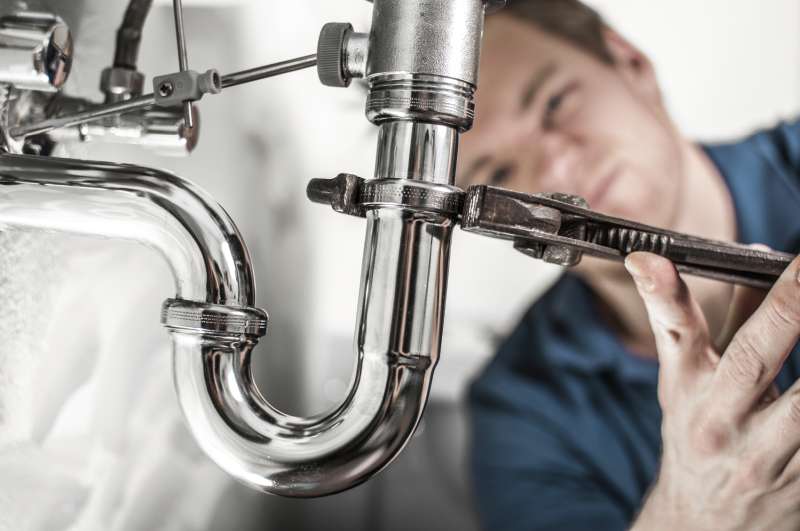
Overflowing Toilets
Quick resolution of severe clogs and overflows.

Pipe Inspections
Using cameras to check pipelines for damage or clogs.
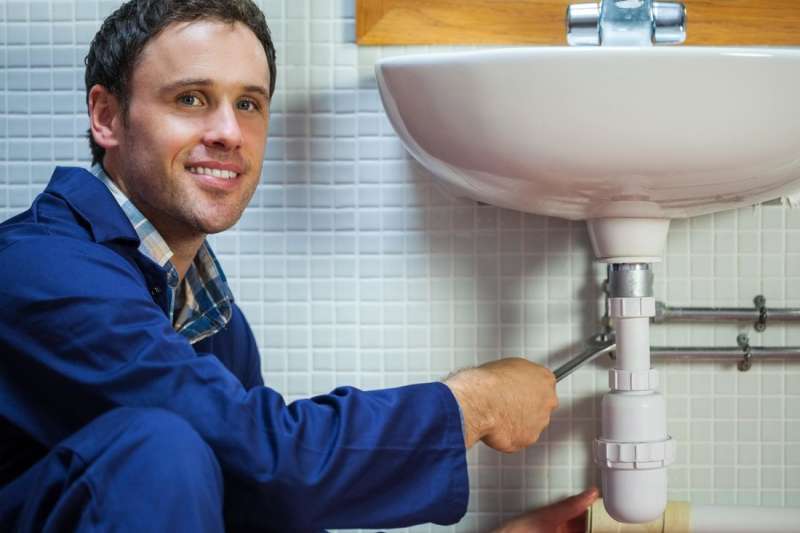
Pipe Repairs
Repairing or changing burst, rusted, or harmed pipes.
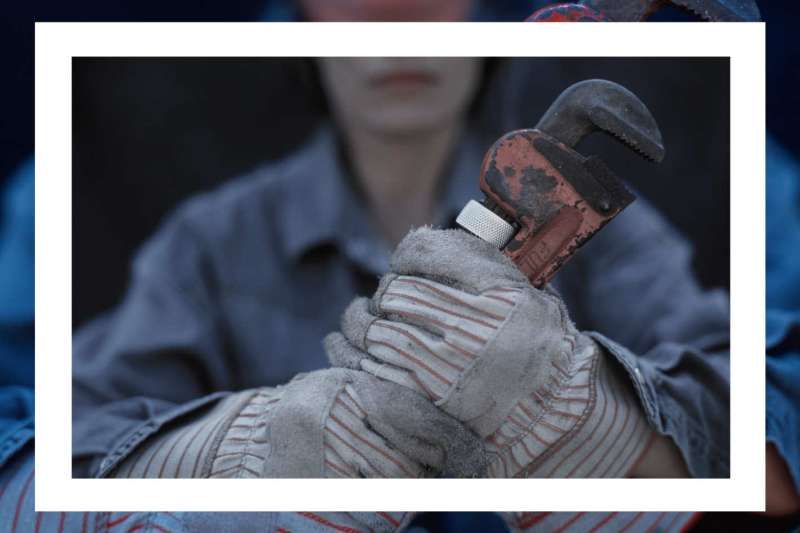
Pipes and Fittings
Setting up brand-new piping systems for water, gas, and drainage.
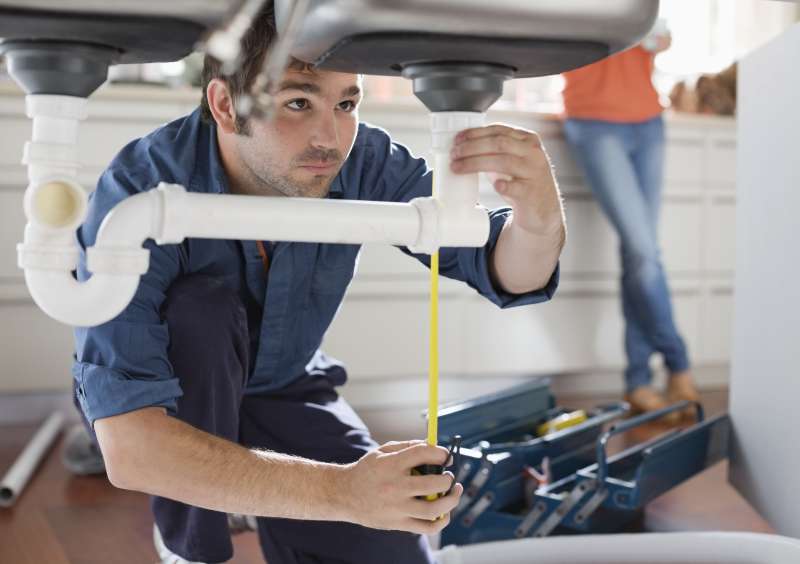
Pre-Purchase Inspections
Evaluating plumbing systems before purchasing residential or commercial property.
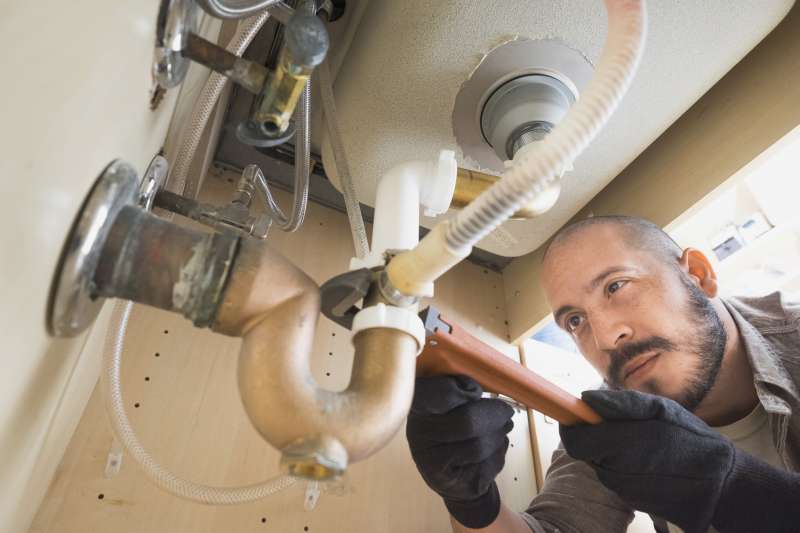
Rainwater Harvesting Systems
Setting up systems to collect and utilize rainwater.
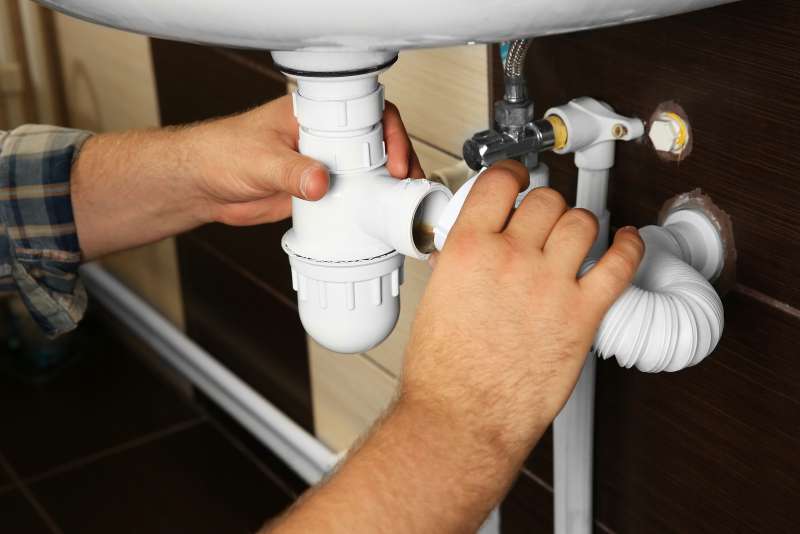
Regular Maintenance Contracts
Ongoing upkeep services for organizations.

Septic System Services
Putting up, repairing, and keeping sewage-disposal tanks.
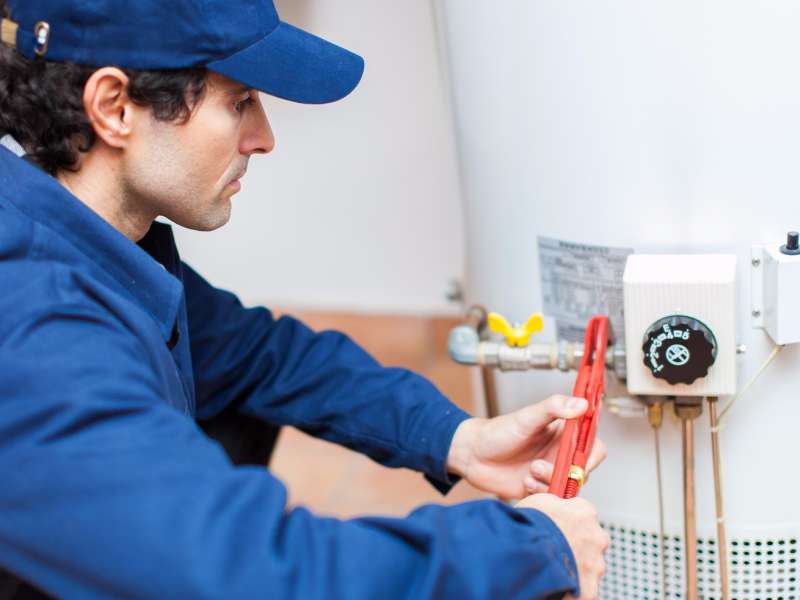
Sump Pump Installation and Repair
Handling groundwater in basements.
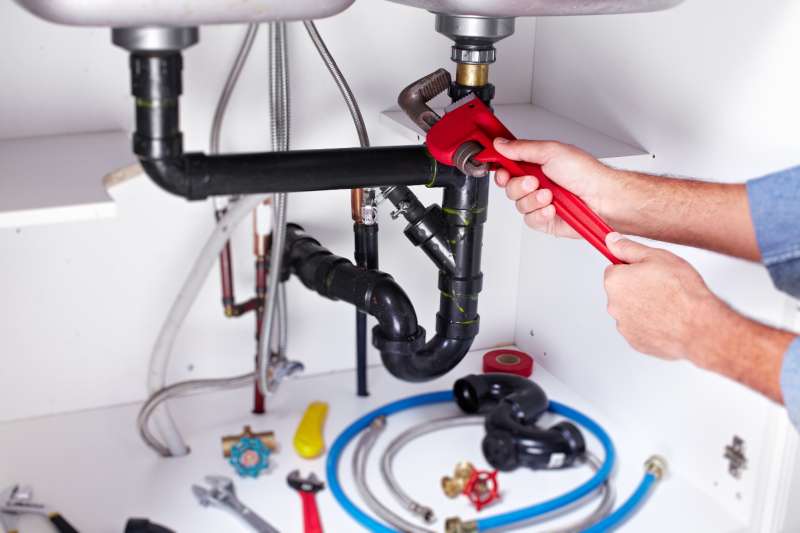
Upgrading Fixtures
Installing water-efficient or modern-day fixtures.
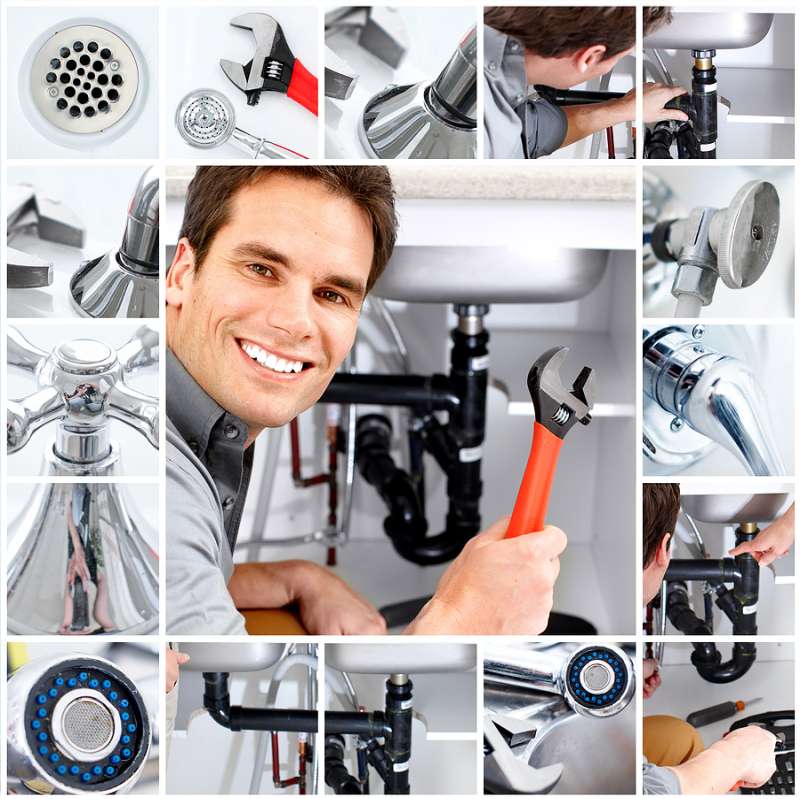
Water Efficiency Consulting
Encouraging on water-saving methods and products.
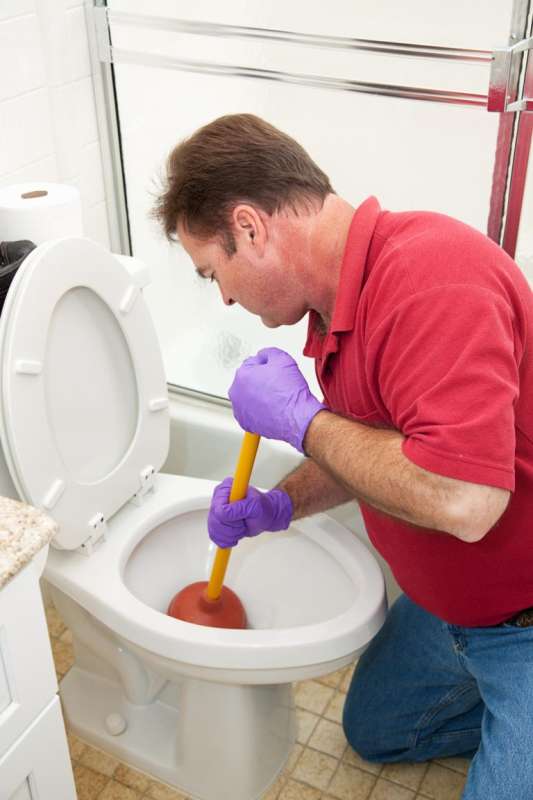
Water Filtration Systems
Installing water softeners and filtering systems.
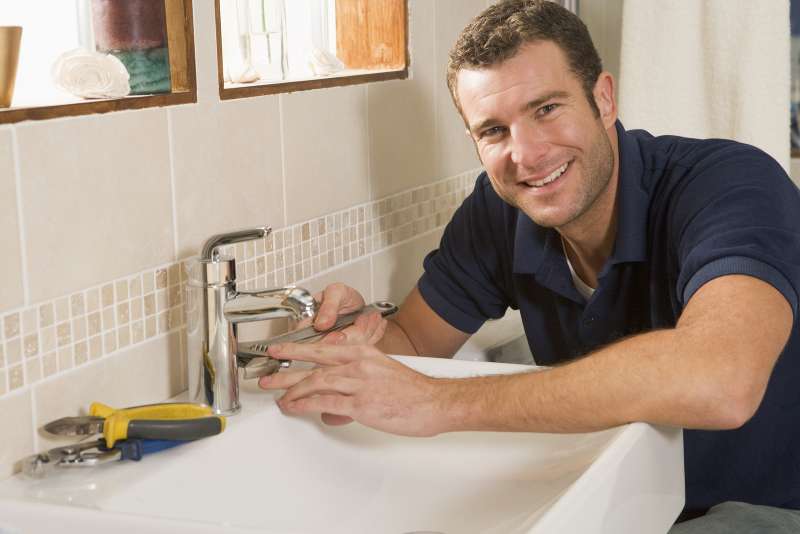
Water Heater Maintenance
Flushing and checking hot water heater to extend life expectancy.

Water Heater Repair
Addressing concerns with temperature level, leaks, or failure to heat water.

Waterproofing
Securing basements or other areas from water invasion.
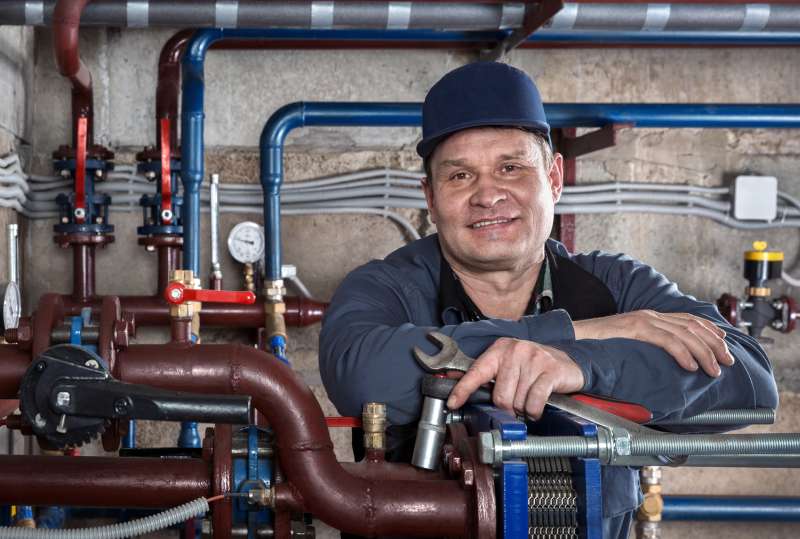
Sewer Backups
Immediate attention to prevent contamination and health threats.

